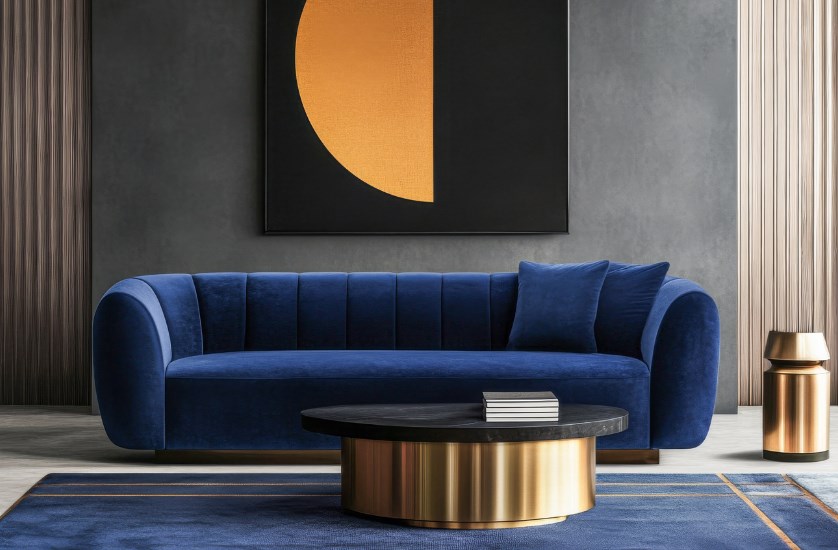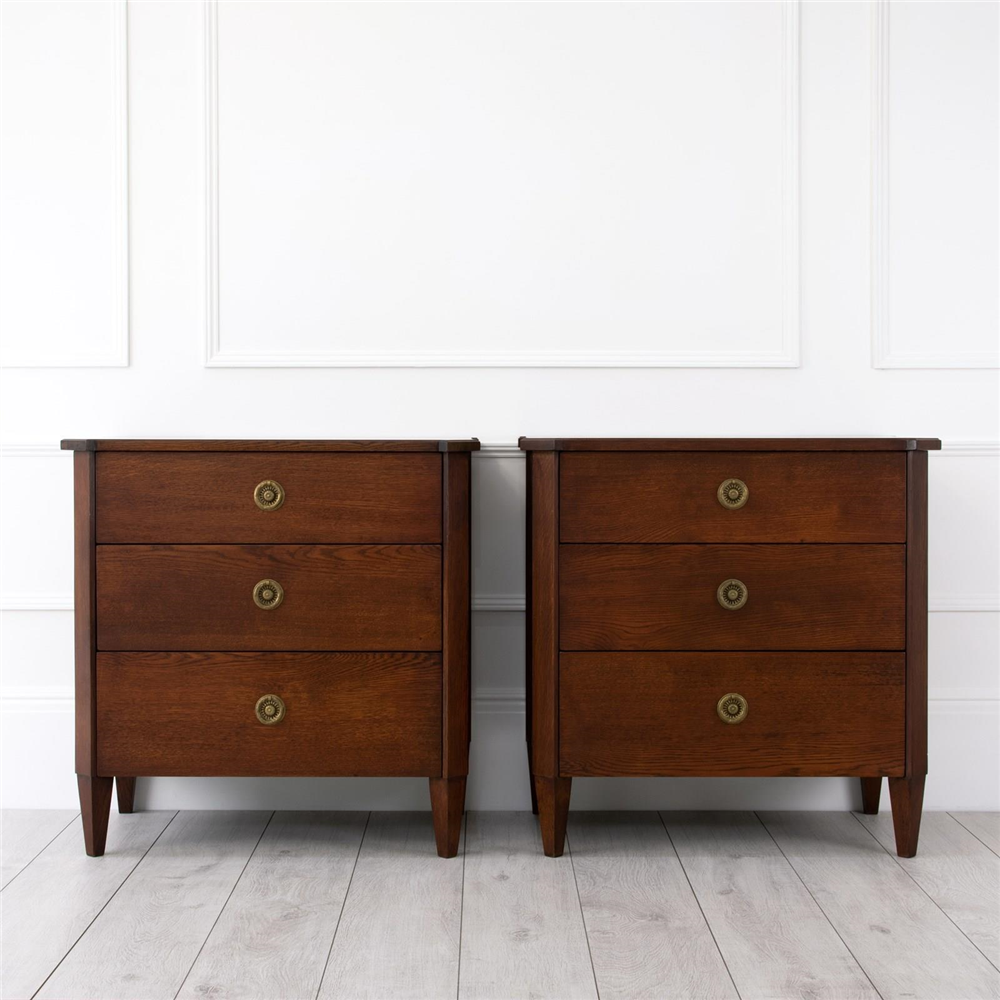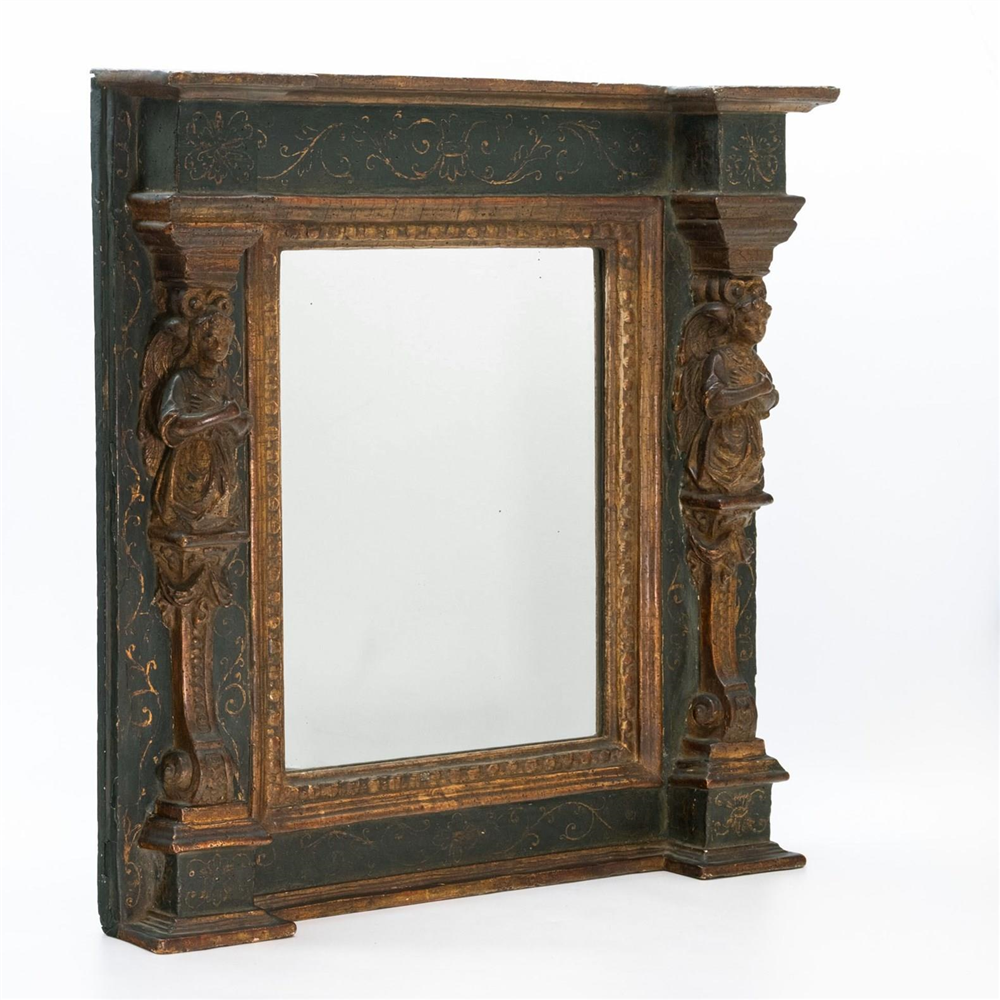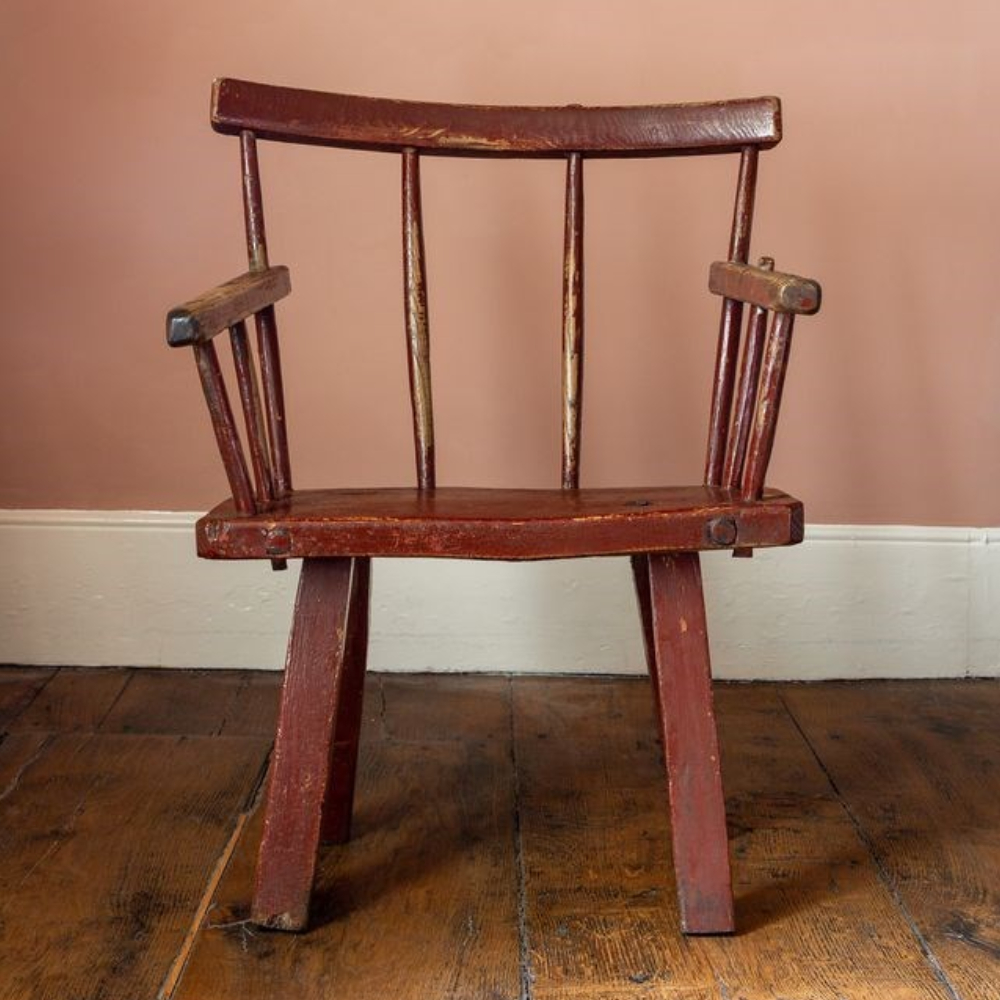
Art Deco sofas are a symbol of timeless elegance, evolving through decades while maintaining their iconic allure.
From their geometric beginnings in the 1920s to modern reinterpretations today, these pieces reflect the rich history of design movements, cultural shifts, and artistic innovation.
Take a look below at how Art Deco sofas have changed throughout the decades
The Origins of Art Deco Sofas: 1920s and 1930s
The Art Deco style originated in France and gained international prominence in the 1920s. The style was known for showcasing innovative designs that embraced geometric forms, clean lines, and a sense of opulence.
Furniture designers of the time, such as Émile-Jacques Ruhlmann, sought to create Art Deco pieces that were both functional and aesthetically pleasing. In the 1920s, they were characterised by several key features.
Designers of the era used luxurious materials, often selecting exotic woods like mahogany and polished chrome and fabrics such as velvet and leather to lend each piece a sense of uniqueness and durability.
They often featured vibrant colours and stark contrasts, incorporating striking black-and-white combinations that intensified their visual impact and made them the focal point of any room.
Post-War Revival and Softening of Designs: 1950s and 1960s
After World War II, Art Deco furniture made a brief yet intriguing comeback, but with a fresh twist in its design approach.
By the 1950s and 1960s, designers began to soften the bold edges of classic Art Deco, blending them with the smoother, organic lines of Mid-Century Modern style.
Art Deco sofas were reimagined with rounded edges, gentle curves, and lighter materials as designers moved away from the heavier, ornamental look that defined the style.
These post-war Deco sofas maintained their luxurious roots but were designed to integrate seamlessly into everyday life. They became pieces that could both stand out and blend in without overpowering a room.
A Nostalgic Resurgence: 1980s and 1990s
In the 1980s and 1990s, Art Deco experienced a nostalgic resurgence as designers and homeowners alike rediscovered its geometric elegance and luxury.
The sofas of this era, however, embraced a contemporary edge. Rather than simply replicating the original designs of the 1920s and 1930s, Art Deco sofas of the ‘80s and ‘90s combined the best of the elegance of Art Deco with a modern flair that suited the late 20th-century lifestyle.
From this period, Art Deco sofas usually showcased exaggerated curves and geometric assets that made them eye-catching pieces in living rooms. They also, at this point, took on more daring shapes - rounded arms and crescent backs that were reminiscent of the bold symmetry that defined the original Art Deco movement.
The resurgence during this time was more than just a design trend; it was a tribute to the nostalgia of Art Deco, blended with the forward-thinking style of the era.
Modern Interpretations: 2000s to Present
Since the 2000s, Art Deco sofas have continued to inspire, and as it always does, in fresh, innovative ways that reflect the designs of today.
Modern interpretations of Deco draw from its iconic elements and luxurious materials and adapt them to suit the minimalistic nature of the modern era.
Today’s Art Deco-inspired sofas are often more streamlined, blending Deco’s glamour with the clean simplicity that modern homeowners crave.
Many modern Deco sofas feature subtle curves, delicate fluting, and rounded edges that recall the movement’s 1920s origins but with a softness suited to everyday spaces.
The Key Takeaway
Art Deco sofas have remained timeless, evolving through the decades while preserving their signature elegance and luxury.
From the bold, geometric forms of the 1920s to the softer lines of the post-war era and the nostalgic revival of the 1980s, Art Deco has adapted to fit each generation’s tastes.
Today, modern interpretations balance Deco's luxury with minimalism, showing that this iconic style is more than a trend—it's a lasting legacy in furniture design.
Find out some more information about Art Deco Sofas by clicking here






